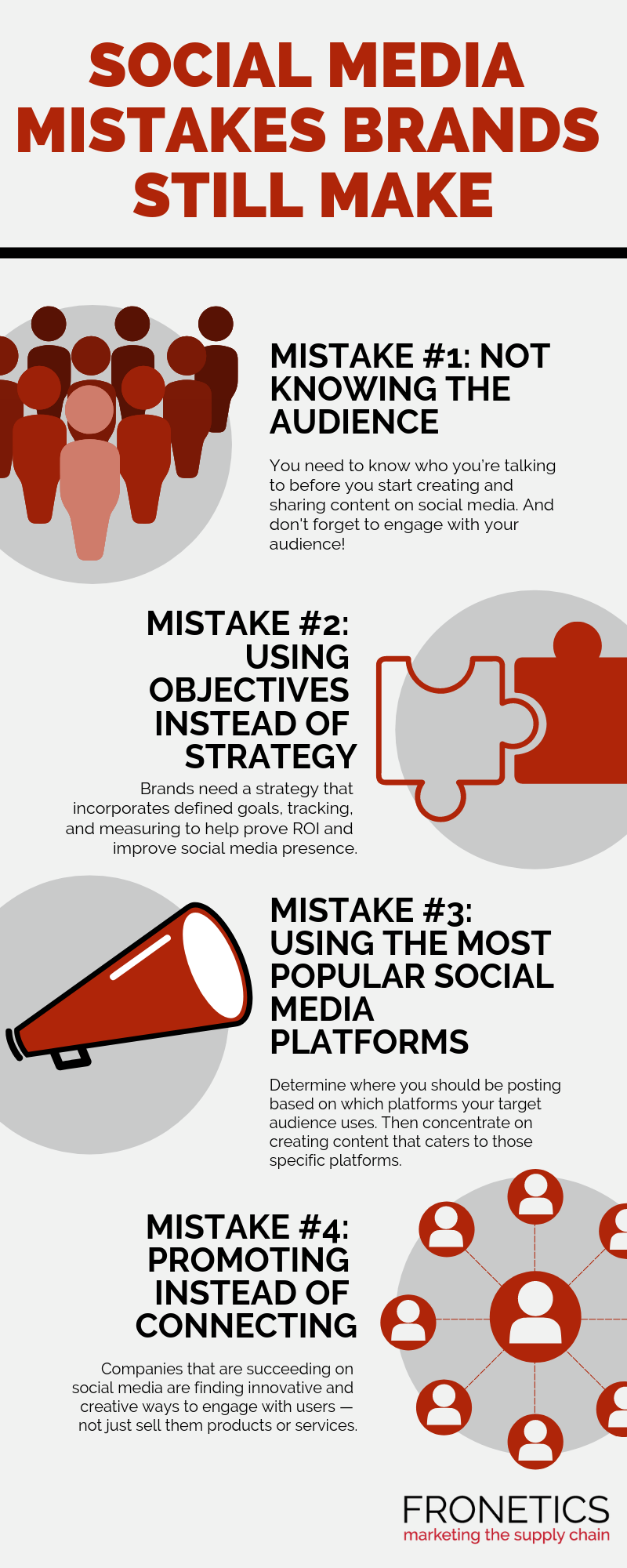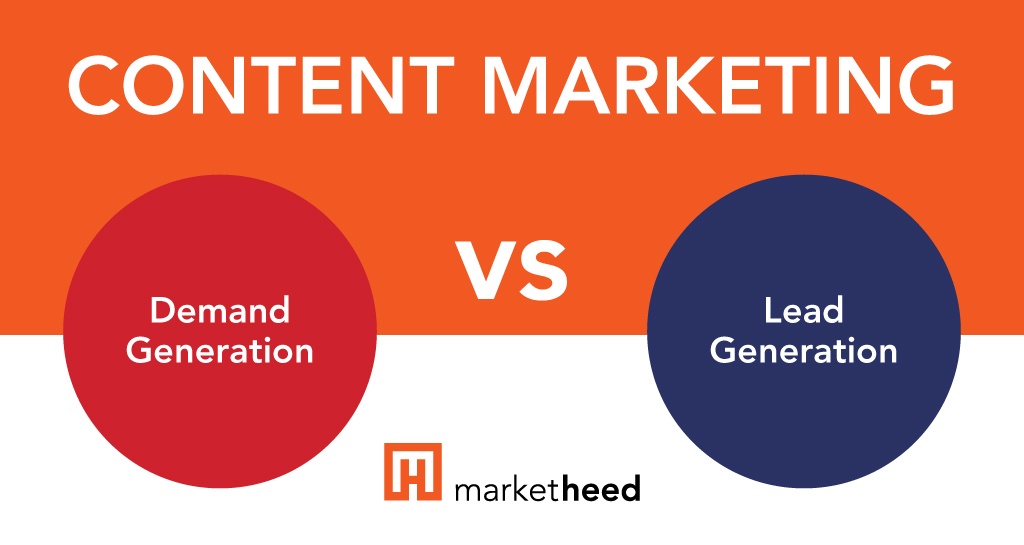
Social Media Examiner was created by Mike Stelzner in Oct 2009. Since then, it has grown to become one of most popular blogs online with over 80,000 users. Mike Stelzner, the blogger, shares his tips and advice on starting a successful business.
Create a spreadsheet with several columns
To create a social media analytics spreadsheet, the first step is to identify which metrics you wish to track. Start with the number followers. To track the percentage change, you can add additional columns. Each metric has a subcategory. Once you have identified the category, you are ready to start analysing the data. If you want to analyze the data in greater detail, you can export it to a spreadsheet.

Create a summary for each social media channel
You must be able to create a summary that is effective for each social media channel. Social media is an online community where people share information, and you want your content to be shared in a meaningful way. Social Media Examiner can help you create a summary to each channel. You can see which articles get shared more and which are less. You'll also be able see the number and type of shares your content has received, as well as how many comments and likes they have received.
Social Media Examiner makes it easy to create a summary page for each social channel. The social media analyzer allows you to see how each channel is performing and to customize it to highlight particular metrics. For instance, you can view a competitor's Twitter profile, and use it to identify which channels have high engagement. This information can be used to determine the most productive times to tweet.
You can create a chart that summarizes each social media channel.
Whatever your social strategy, it is important that you create a summary graph summarizing the key metrics. The key metrics you should include in your report on social media analytics include total traffic, engagement, revenue and ROI. It is also useful to show how these metrics have changed over the past reporting period. For example, you can show the number of page views per channel as well as percent growth. It is also possible to show total visits across all social media channels.

It's useful to count the number of comments and likes on your Facebook page for an apology, but it doesn't tell you how the audience reacts to it. You should also know whether the comments are positive and negative. Facebook's Analytics dashboard has a huge array of data. It includes impressions as well as reach and page views. This will require you to create a summary graph for each social channel that summarizes all the data.
FAQ
How much should I invest in content marketing?
That depends on how many leads you want to generate. Depending upon the industry, the average cost for a lead can range from $5 to $10. For example, when we first started our business, we were spending about $20 per lead. Now, we spend around $6-7 per lead.
What is Content Marketing?
This is a strategy that creates valuable, relevant content for your website or blog. This content includes videos, images, text, infographics, etc., and it helps you attract new customers and keep existing ones engaged.
How is content marketing different from traditional advertising?
Traditional advertising focuses on getting attention, while content marketing focuses on providing value. Traditional advertising is often a waste, as most people overlook it. With content marketing, however, you'll see much higher engagement rates.
How can you make a content marketing strategy that works?
First, decide what type of content you want. This will help you create a content marketing plan that is effective. Next, you need to identify who your target market are and how they use Internet. Next, determine which channels are most effective in reaching your target market. Next, find the right keywords and create compelling copy to promote each piece of content.
Do I need an agency for Content Marketing?
No! You can create high-quality content with many tools online. Agency services are often expensive.
What are the benefits of content marketing?
The creation of high-quality, relevant content can be used to increase sales and lead generation. Content marketing provides an ongoing stream of original, fresh content that can be used for promotion of products and services. Content marketing also increases brand awareness and trust among potential clients. Your company's image is enhanced by content marketing.
What does it cost to hire content strategists?
A lot of agencies and freelancers can offer content creation services for reasonable prices. However, some companies prefer to pay more due to the expertise of the person handling the project.
Statistics
- An example of an overarching goal could be: "In 2022, we want to achieve a 20% increase in revenue created by organic content and generate 15,000 MQLs with a budget of $30,000." (semrush.com)
- Forty-seven percent of buyers view 3 to 5 pieces of content before engaging with a sales representative. (mailchimp.com)
- Out of the 1,500 marketers we surveyed for our State of Content Marketing report, 78% who felt their content marketing strategy was exceptionally effective in 2021 had documented their strategy. (semrush.com)
- Companies that use content marketing see approximately 30% higher growth rates than businesses not using it. (mailchimp.com)
- Progress indicators (0–100%) allow each team member to see how attainable each goal is and understand what remains to be accomplished. (semrush.com)
- Seventy-two percent business to business (B2B) (mailchimp.com)
- According to our research, brand awareness, attracting traffic, and generating leads remain the key content marketing goals in 2022. (semrush.com)
- In fact, would pay more for a better customer experience, and 86% of B2B buyers would pay more. (neilpatel.com)
External Links
How To
Infographic Creation Tips for Content Marketing
Infographics can be a great way to simplify complex concepts and make it easy to understand. Information marketing is about providing valuable and useful information to your target audience. Infographics are a great way to share this message.
To create an infographic, you will need to use design software like Adobe Illustrator or Photoshop. You can use these programs to draw out different shapes and elements to represent your data, then add colors and fonts to make everything look nice. After your design is complete, you can upload images from Unsplash and Pixabay to your design.
Online infographics can be a great source of inspiration. To show how many calories certain foods have, you can use a picture of a pyramid to illustrate this. You could also replace the numbers with images of the food. You might also want to calculate how many calories are in soda pop. This can be done by taking a picture with a bottle of Coke.
Once you've created your infographic, share it on social media channels like Facebook or Twitter. This helps people who aren't familiar with the concept learn about it. You can include hashtags in your infographic if you want to share it on social media. Users can follow along with specific conversations using hashtags.
If you decide to create an infographic, try making your posts shorter than usual. An average blog post can be anywhere from 2000 to 5000 words long, while an infographic only requires 500 to 1000 words. This allows you to convey more information in a smaller space.
Your infographic should be easy to read for some viewers. Your graphics should be large enough in font size and not rely on too much color. It is important that all text is legible.
Here are some more tips
-
Choose an Infographic Template. There are many free templates available online and in printable formats. Canva (Piktochart) and Google Slides (Google Slides) are some of the most requested templates.
-
Create your Infographic. Create your infographic using the template. You can use any kind of media that you feel is appropriate for your audience. For example, creating an infographic about the best places to eat in Seattle might choose photos of local restaurants.
-
Add text. Once you've created your infographic, add text using Microsoft Word, PowerPoint, or Canva.
-
Add images. Your infographic can also include images. You can add images to your infographic. You should make sure that the picture you upload is related to your topic.
-
Make It Interactive. Interactive elements can include buttons, maps, or links. This will make it easier for your audience to interact with you.
-
Share. Share your infographic with others on social media such as Facebook, Twitter and LinkedIn.
-
Measure. How well did your infographic perform? Did they click through to your site? Did they sign up for your email list? What was their reaction to your infographic?
-
Improve. Are there ways you could improve your infographic? Is there anything you could do better?
-
Repeat. Repeat.